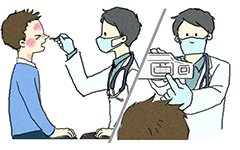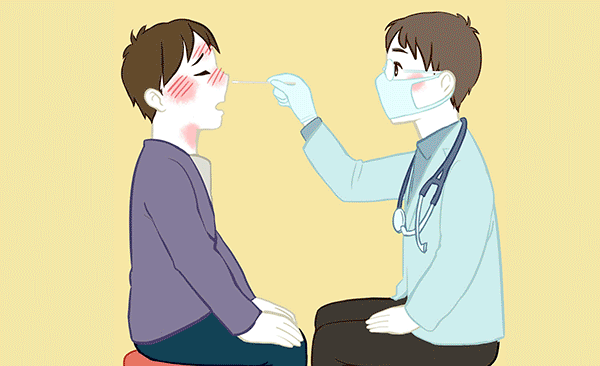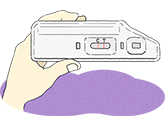Influenza virus: diagnosis and treatment
Diagnosis

A sample is taken by wiping the back of the patient's nose or throat with a cotton swab, or having the patient blow his or her nose. A rapid diagnostic kit is then used that establishes a result in about 10 minutes. Symptoms are not always clear in newborn babies, and it can be difficult to make a clinical diagnosis. The increase in use of rapid diagnostic kits has made it possible to diagnose the flu with more certainty.

Treatment
An anti-influenza drug is used; usually, it will be a neuraminidase inhibitor. This drug alleviates flu symptoms by preventing the influenza viruses that have multiplied inside cells from escaping from those cells. Anti-influenza drugs come in oral, inhaled, and injected varieties, and factors such as the patient's age, weight and the presence of complications determine which drug will be used. The symptoms of influenza can be treated by drinking plenty of water to prevent dehydration, resting, and ensuring that the body is getting the nutrition that it needs. If the patient becomes dehydrated, the administration of an oral rehydration solution will be necessary.






